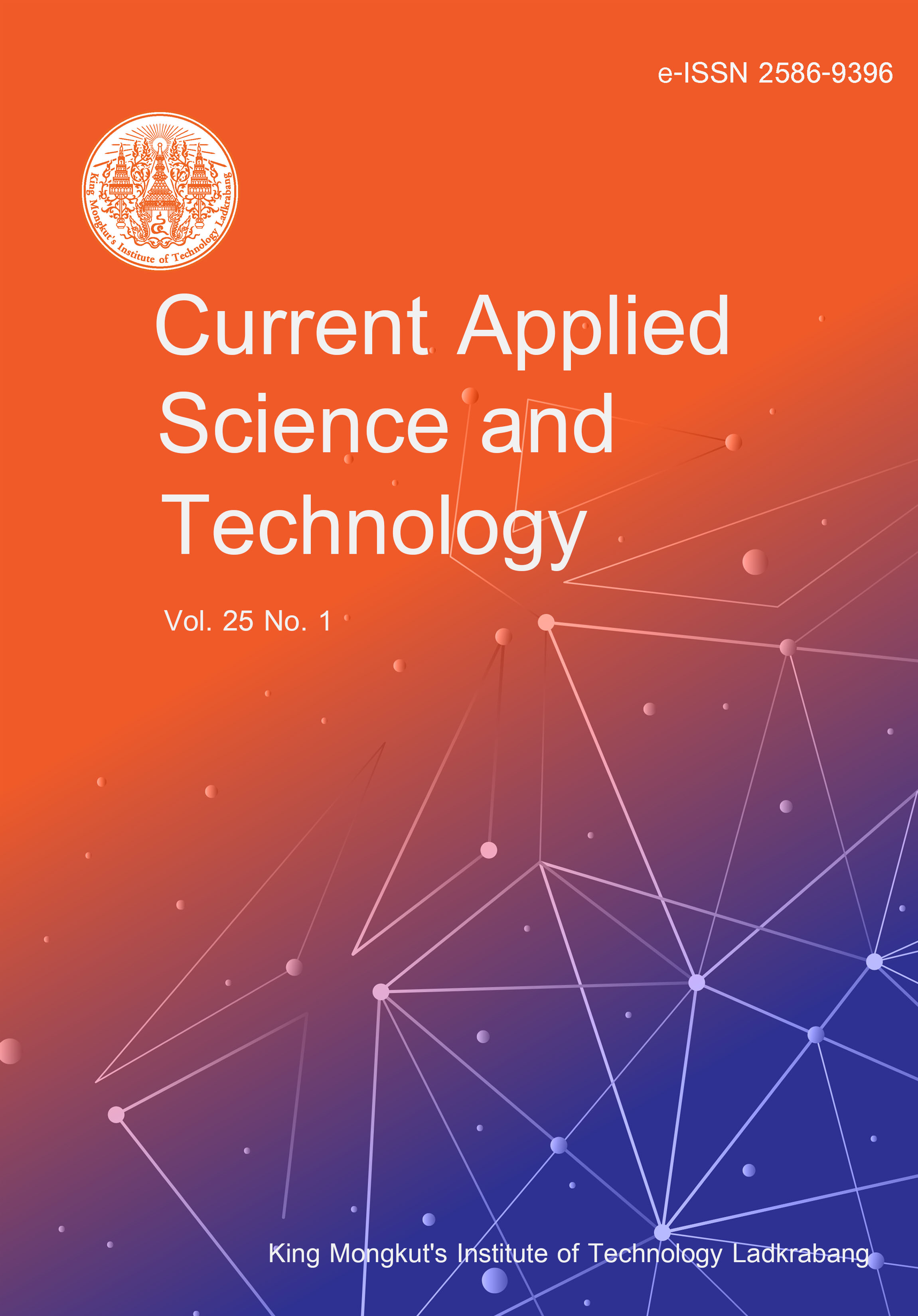In this research, an approach to extract buildings from Google's satellite imagery was proposed. The performances of various deep learning models (U-Net, RIU-Net, U-Net++, Res-U-Net, and DeepLabV3+) on pre-processed datasets were compared. The models were trained using the similarity metrics of Intersection over Union (IoU) and Dice Similarity Coefficient (DSC). The best-performing models among the segmentation techniques were Res-U-Net and DeepLabV3+. Res-U-Net, an enhanced version of the traditional U-Net model that incorporates residual connections for improved feature propagation, achieved an F1 score of 85.43% when using the RGB dataset. Similarly, DeepLabV3+ also achieved high performance on the Enhanced RGB dataset, obtaining an F1 score of 85.18% after applying pre-processing techniques. This research highlights the significance of color as a dominant feature for accurate building extraction from satellite images. The findings contribute to improved methodologies for building identification, benefiting urban planning, and disaster management applications.
Chueprasert, T. ., Udomchaiporn, A. undefined. ., & Intagosum, S. undefined. . (2024). Comparative Analysis of Deep Learning Models for Building Extraction from High-resolution Satellite Imagery. CURRENT APPLIED SCIENCE AND TECHNOLOGY, e0260846. https://doi.org/10.55003/cast.2024.260846

